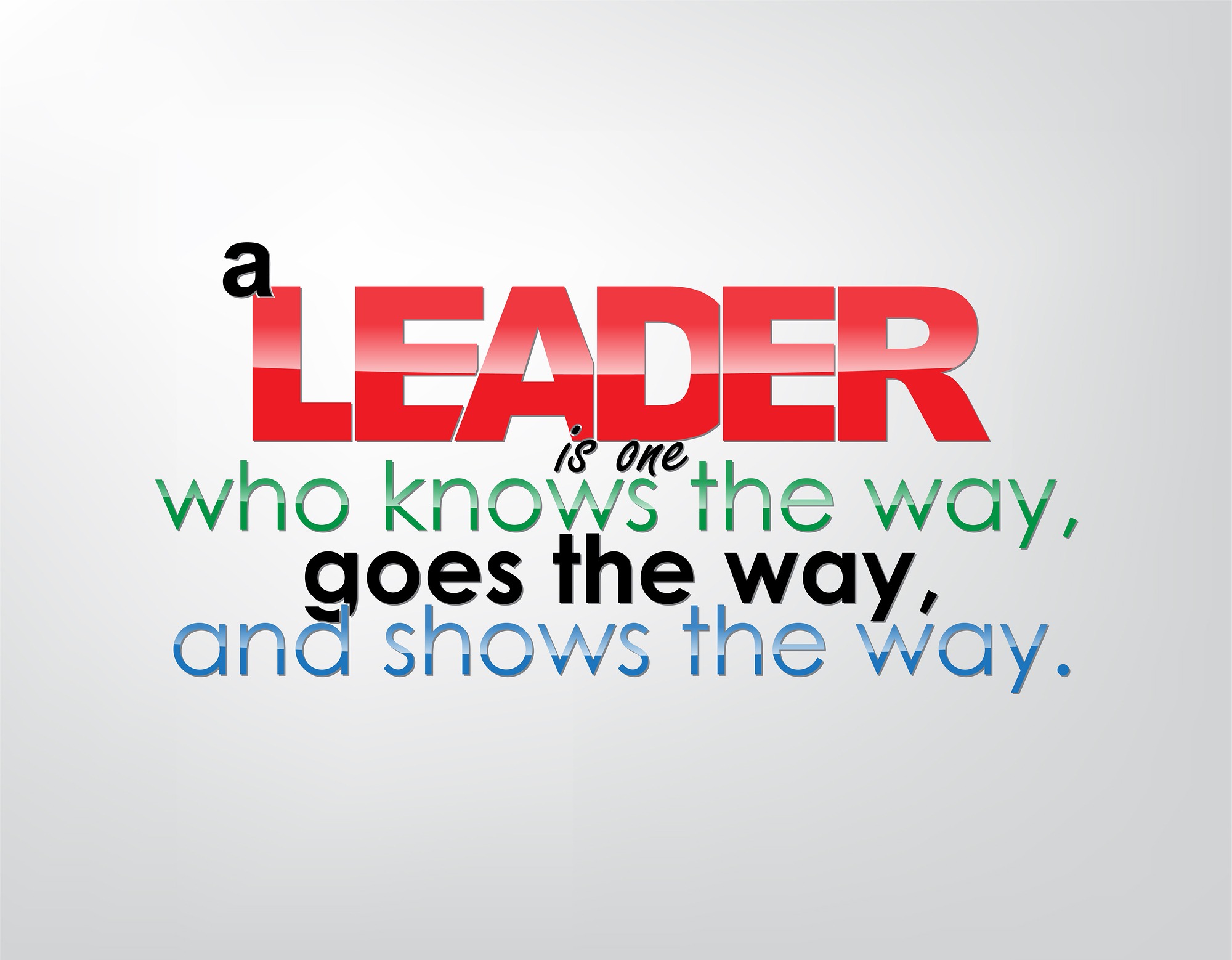How tuned in are you to your hardwired behaviors? How you “show up” at work and home may not be the same. Figuring out how you prefer to do things and how you should do it is key to your success.

How different are you at home and work?
“I am like this at work, but my behavior is so different at home!” so goes the popular refrain. Does our DISC style really change all that much from work to home? Are you the same person when you’re overseeing a staff meeting as you are at your child’s baseball game? As an observer, I don’t know. How tuned in are you to your own behavior? Have you ever wondered how you “show up,” meaning your observable behaviors, in the eyes of others? How does your hardwired behaviors affect your success? Let’s explore this notion of your observable behavior in a variety of environments and figure out how different you really are.
What are hardwired behaviors?
To start, it’s important to recognize that we all have a little bit of every DISC style in us; we just have an area on the DISC model that we operate most comfortably. That space or area is referred to as your comfort zone, the hardwired behaviors you exhibit when using a minimal amount of energy. Your personal home base is “you doing you” in the most natural way. Every person is unique and has a preferred way of moving throughout the day. This is what we refer to as your hardwired behaviors.
Extended DISC is a behavioral assessment that focuses on your hardwired behaviors. Your DISC style is not determined by your environment, but rather on your natural style. It simply reflects how you do what you do. Our hardwired behavior is established when we reach adulthood which varies for all of us. Therefore, excluding extraordinary life changing events, this behavior remains stable, but not rigid throughout our life.
How we see DISC styles
Think about a person you knew in high school who was a little on the quiet side, a bit more reserved, and avoided being the center of attention. Fast forward 15 years and you run into him again at a high school reunion. He is still the same person. He’s still a little reserved, on the quiet side and definitely not looking to wear a lampshade hat midway through the reunion. What we may notice is the social skills have evolved over the years. Even his ability to adjust may have improved yet he’s still the same person you knew “back in the day.” This example shows how hardwired behaviors are innate in the understanding of people’s DISC styles.
There is an inclination to ascribe particular attributes to a DISC style as we typically observe them in their behavior. We may see D-style as direct, I-style as enthusiastic, S- style as steady and C- style as analytical. Let’s examine the attribute of confidence. This quality is often associated with a D style, as they can appear overtly confident. Yes, it is true we typically see our D style friends and co-workers as not lacking in confidence. Of course this is not an attribute that is solely held by D style. I -style is confident, S- style is confident and C- style is confident. Each style displays this attribute in a different fashion. Even then each is not less confident or more confident than the D counterparts – just different.
Seeing our own behavioral style
This notion of how we demonstrate attributes helps us understand that we are all complex and capable of moving in and out of the various DISC styles and displaying a range of behavior. Hence, the behavior styles that you display most often is the one you are most comfortable with and operate in most frequently.
If your personality tendency is to greet all people you meet with an enthusiastic hello you probably do this at work and at home. You no doubt go about your day with a ready acknowledgement and have never met a stranger. If you are a perfectionist, taking pride in your organized office you may find that your spice rack is set up in alphabetical order or your checkbook always balances out at the end of the month. If you would rather be the listener than the talker or the talker rather than the listener you may see this supported by your behavior regardless of the geography. Take a moment and think about your behavioral style. Can you see some consistencies in your pattern? Self- reflection is an excellent way to tune into our behavior and improve our own understanding of self.
Comfort zone is our home base
I would be willing to bet that your comfort zone is your favorite place to operate from. By no means does this suggest you do not exhibit a variety of behaviors. With the idea that our personal home base is the easiest space to operate in it would appear that our behaviors are more similar in a variety of locations than we sometimes like to admit to ourselves. The most successful people have the ability to recognize when a change in their style would be prudent. Their efforts in adjusting improves the outcome of interactions. You’re feeling grumpy and tired after work, but not sure why. You probably were working outside your comfort zone and exerting a lot of energy adjusting your behavior.
Moving outside our comfort zones
It appears that our hardwired behavior doesn’t change from home to office, we adapt differently. Your self-awareness is a critical factor in recognizing the opportunity to change your style. We can do this by becoming more self-aware and recognizing times where our hardwired behaviors are not working. In addition, we can use energy and the focus to make adjustments to our style enhances our
The DISC model offers a framework to understand your own behavior and the style of others. The tendency to operate in our comfort zone is the most typical behavior in each of us. The important piece of knowledge is that we all have the capability to move and adjust regardless of the situation. When we embrace this concept of behavioral change the fluidity of our behaviors is enhanced. Therefore, successful outcomes in our behaviors with others will happen faster and more often.







